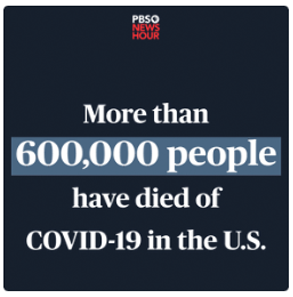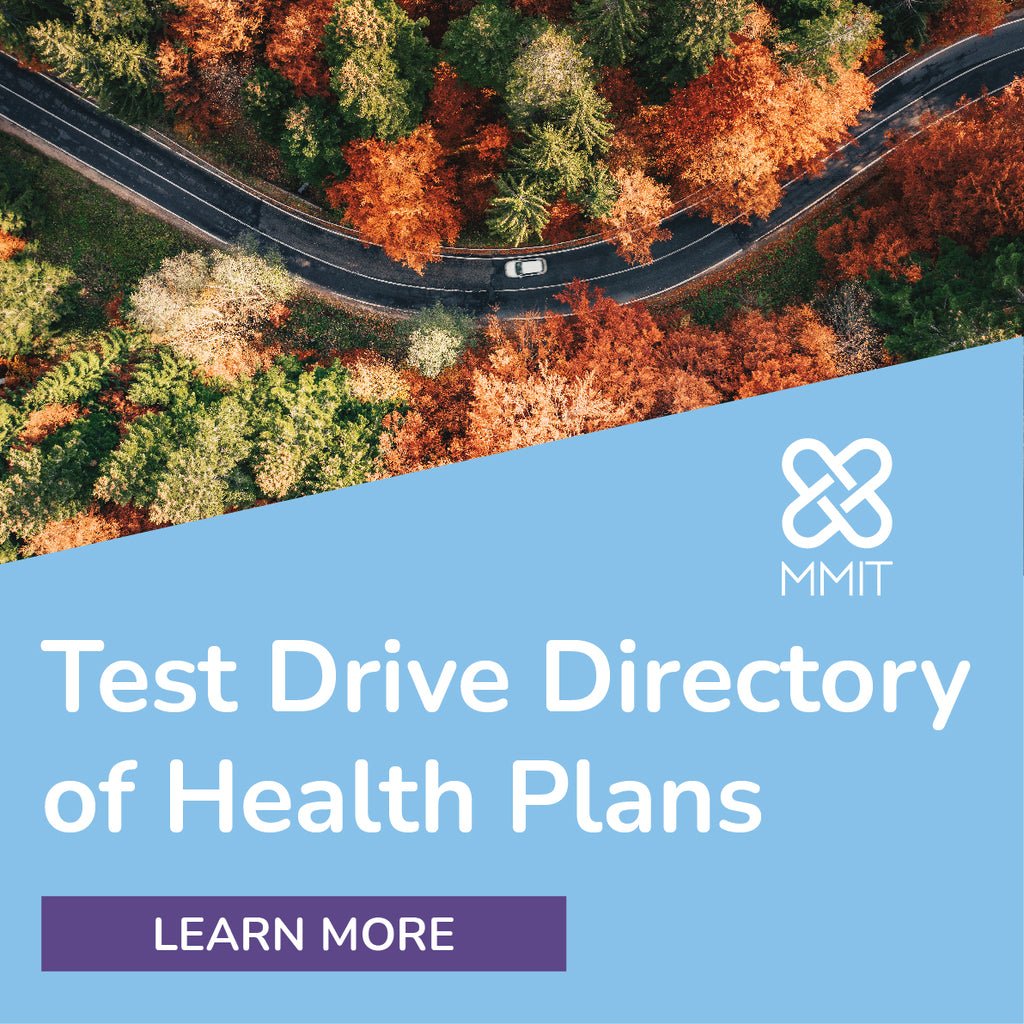Radar on Specialty Pharmacy
-
2022 Outlook: Notable FDA Approvals, Payer Strategies Are Specialty Trends
The specialty pharmacy industry will continue its growth in 2022, experts tell AIS Health, a division of MMIT. Multiple agents for rare diseases are poised for FDA approval, and the market may see additional cell and gene therapies. In addition, payers will carry on their efforts to keep prices for specialty medications affordable, among other trends.
AIS Health: What are some specialty pharmacy issues to keep an eye on in 2022, and why?

-
FDA Approves Novartis Drug That Will Go Up Against PCSK9s
More than a year after pandemic travel restrictions pushed back the FDA’s approval decision on Novartis Pharmaceuticals Corp.’s inclisiran, the agency finally approved it. The new first-in-class therapy targets so-called bad cholesterol and is set to compete with two other biologics that target the same protein.
On Dec. 22, the FDA approved Leqvio as an adjunct to diet and maximally tolerated statin therapy for the treatment of adults with clinical atherosclerotic cardiovascular disease (ASCVD) or heterozygous familial hypercholesterolemia (HeFH) who require additional lowering of low-density lipoprotein cholesterol (LDL-c).

-
Biosimilar Approvals Are Expected to Undergo Upward Trend in 2022
The FDA approved only four biosimilars in 2021, down from its high of the 10 it approved in 2019, but slightly more than the three such therapies approved in 2020. The agency also granted interchangeability to the first two biosimilars. This year may up the excitement level, industry experts tell AIS, a division of MMIT, with numerous products expected to be approved, while other noteworthy therapies will lose patent protection and potentially face biosimilar competition.
Dea Belazi, Pharm.D., M.P.H., president and CEO of AscellaHealth: The United States has been slow to approve and adopt biosimilars. Since the initial biosimilar approval in 2015, the FDA has approved 33 biosimilars, but only 18 are currently available on the U.S. market with a projected market value of $13 billion in 2021. Even with this slow uptake in the United States, there is increased utilization and a growing pipeline of products that will drive use and savings. In 2021, many blockbuster drugs were approved in the biosimilar space, along with the two interchangeable biosimilar products, [Boehringer Ingelheim Pharmaceuticals, Inc.’s] Cyltezo and [Viatris Inc. and Biocon Ltd. subsidiary Biocon Biologics Ltd.’s] Semglee.

-
With New Data, Oncopeptides Rescinds Pepaxto Withdrawal
Three months after Oncopeptides AB said it was voluntarily withdrawing Pepaxto (melphalan flufenamide) from the U.S. market, the company is now taking back that withdrawal and has begun working with the FDA to review new data on the multiple myeloma therapy.
On Jan. 21, the company said that it had contacted the FDA to rescind its Oct. 22 letter requesting voluntary withdrawal of the agent’s New Drug Application (NDA). According to a company press release, “further review and analyses of the heterogenous Overall Survival data from the phase 3 OCEAN study and other relevant trials have led the Company to reconsider its previous voluntary withdrawal request. Oncopeptides has discontinued the marketing of Pepaxto in the US and does not intend to market Pepaxto in the US at this time. The company has initiated a dialogue with the FDA to review the new data.”

-
Drug Pricing Remains Hot Topic, but Legislation Addressing It Has Stalled
While drug prices continue to be an issue of concern to many Americans, whether it can get any legislative traction issue remains unclear. So what might happen on the issue in 2022?
Dea Belazi, Pharm.D., M.P.H., president and CEO of AscellaHealth: Pharmaceutical drug pricing continues to be a contentious policy issue. Recent data has branded drug list prices growing annually by more than 9% over the last decade, which is much higher than gross domestic product (GDP) growth. However, a RAND study found that prices for unbranded generic drugs...are slightly lower in the United States than in most other nations. Additionally, patients’ out-of-pocket costs for specialty drugs have increased faster than GDP growth over the same period — 2.8% vs. 2.3%. Furthermore, the current White House administration and Congress have declared that reining in Medicare prescription drug costs to help older adults and people with disabilities is a top priority. This will put drug pricing in the crosshairs of elected officials, advocacy groups and patients.…












